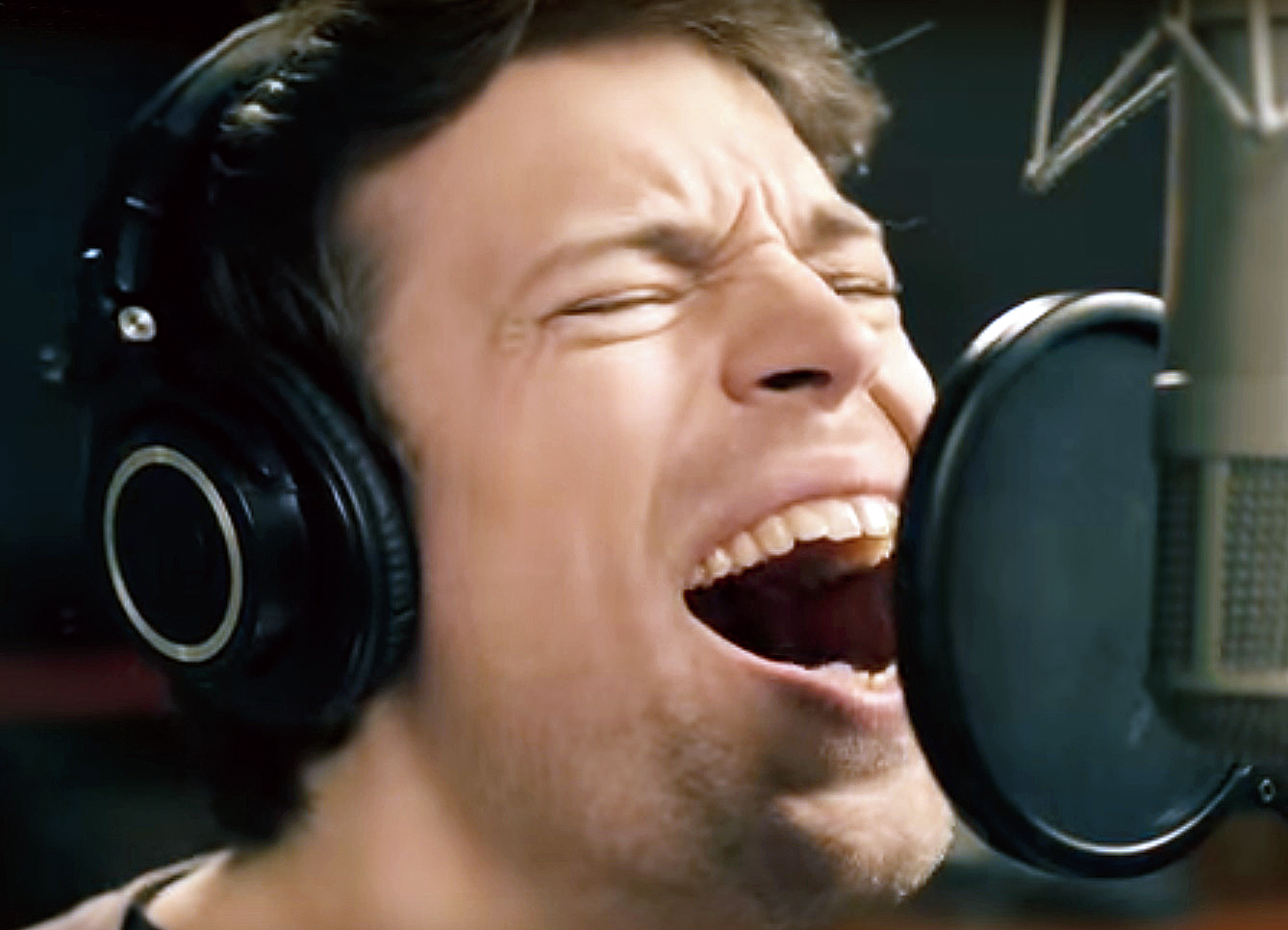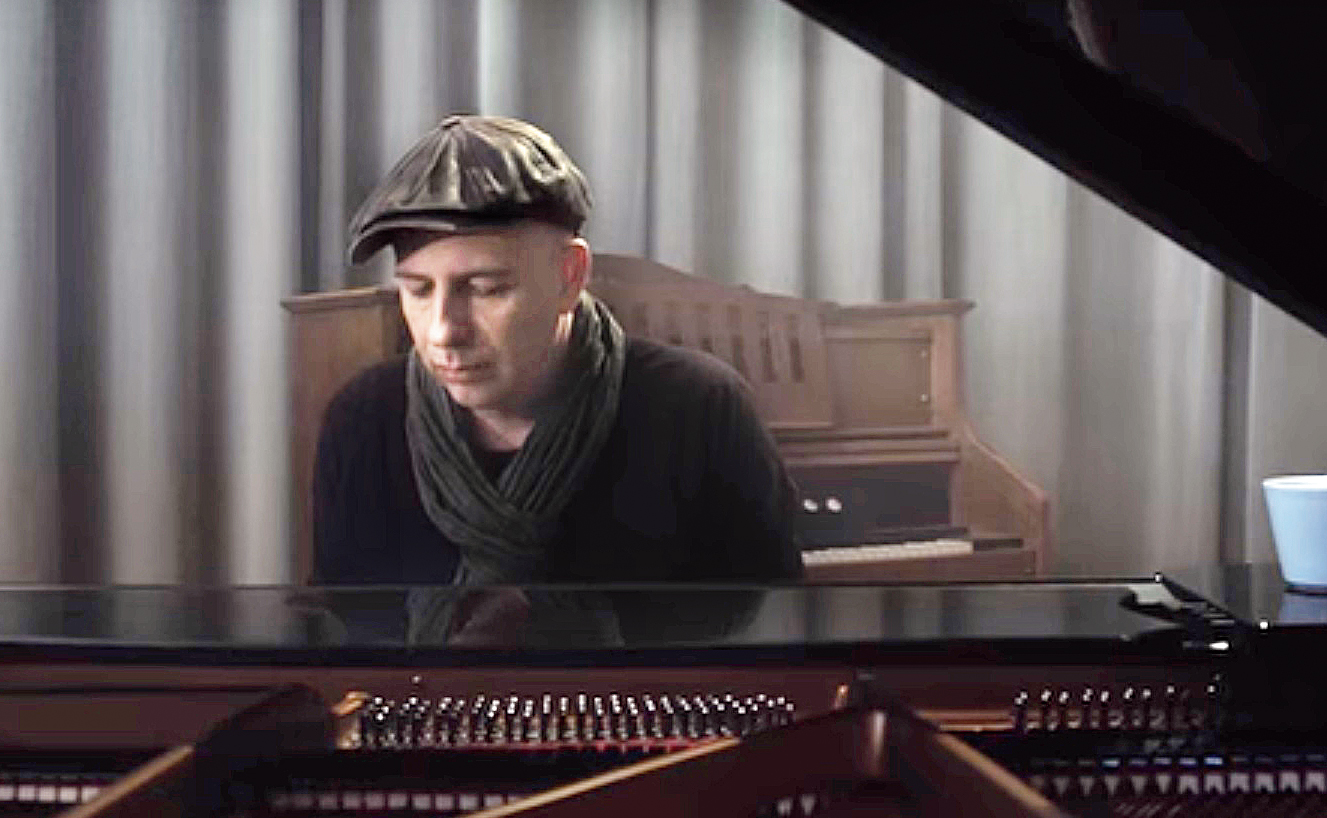When an aeroplane lands and cell phones come back to life, the signature ringtones of the top mobile brands set them apart in the cacophony. The ringtone lasts only some seconds but putting it together takes months of hard work, for this is the music that defines a brand. t2oS recently visited the sound lab of Samsung Electronics in Suwon, near Seoul, where Myoung Woo Nam (senior sound designer, mobile communications business, Samsung Electronics) and his team work on all kinds of sounds emitted by the company’s mobile phones and household devices. It is a tall task, given that Samsung is the world’s largest smartphone seller (globally followed by Huawei and Apple). Myoung Woo Nam took us through the designing of various sounds...
When we design sound for the phone, we always consider mood and emotion; music has the power to influence these elements. Sound design for devices should have a message for the user and, at the same time, needs to be universal. In short, sound design is a language. When human ears hear a sound, he or she understands the meaning behind it. And there lies the challenge.
Let’s consider a scene from Gravity, one in which Sandra Bullock can’t understand what’s written on the buttons because it’s all in Chinese (the scene involves the Chinese space station Tiangong and its Shenzhou spacecraft). She basically saves her life by hearing the sounds the different buttons make. Of course, our sound design doesn’t involve a life-and-death situation, but we aim for universal sound design in digital appliances. We are currently working on accessibility sound design or an auditory user interface. For example, a visually-disabled person can listen to the sound a function makes and realise what’s happening, like the sound that’s played when the wash cycle is over on a washing machine.
This brings us to sub-functions. There is a lot to look at beyond ringtones. On devices like the washing machine, the oven, the air conditioner, and the air-purifier, music needs to be created for functions and sub-functions, like lowering or increasing temperatures and choosing between options. Next comes shape. Let’s take the Gear 360 for example, which looks cute and is small in size. The music needs to reflect the design of the device.
Knuckles & oranges
Let’s move to more complex sounds. Each time you touch the screen of your Samsung Galaxy phone, a short sound is heard… it’s like a quick ‘tap’. Before Galaxy S5, the sound was that of a water drop, or that’s what people thought. First, the tap sound. Some think it’s that of a ping-pong ball. It’s not, although we had tried it. It’s also not that of a pen tapping on a hard surface. The sound is that of my knuckle tapping a doorframe. Each surface produces a different sound.
Let’s move to the sound of a water drop. First, why did we move away from it? If you look at the Galaxy S3, the design team was influenced by nature; it looks somewhat like a pebble. Naturally, the sounds had to be organic to the device. But the sound involves a liquid other than water. We tried water, wine, orange juice, milk and yoghurt to make the sound. The final sound involved orange juice. And it’s not of drops of orange juice but blowing bubbles into a glass of orange juice.
The camera shutter sound also has a story. It’s the sound of the shutter on our camera, the NX20. From the camera department we had gathered several models and reviewed the sound different shutters make. The NX20 produced the sound we were looking for. A secret — after trying many different shutter speeds, we chose 1/125. It sounded realistic. Even though most of us don’t carry heavy cameras anymore, the legacy of the camera shutter sound remains. If you put your phone on vibrator mode, the sound won’t play. There is an exception. In South Korea, even if your phone is on vibrator mode, the shutter speed will be heard.
Here’s another story, this one has to do with Samsung Pay (a mobile payment and digital wallet service). When you pay, a sound is heard. It’s that of taking out a real card from the money clip. When you switch between cards, the sound is that of one card tapping against another.
Over and beyond
We have two branding melodies, one is Over the Horizon, which is for the mobile division, and Beyond the Horizon is for home appliances. The former was created (in 2011) to reflect Samsung Electronics’ Vision 2020 motto (“Inspire the world, create the future, in the form of music”). The tune crescendos and hits a dominant note, which stands for possibilities. Beyond the Horizon is similar and is used when devices power up. Every year we make different versions of Over the Horizon and it is used as the default ringtone of the phone. Next year’s is already done but, of course, I cannot discuss it now. We always work with the design team while making versions of it.
It’s not something very easy. Say the phone has a metallic design but we cannot have a version which would sound metallic. We usually start sharing ideas for the next version of Over the Horizon one year in advance, select the person who will be working on it. We usually have three or four options before narrowing it down to one. But remember, it’s not just about working on Over the Horizon, there are many other sound-related elements we have to look into. Hopefully you will enjoy the next version of the ringtone.

Swedish band Dirty Loops remixed Over the Horizon for the Galaxy S7 Source: Samsung

In 2018, Icelandic composer Petur Jonsson has reimagined OTH Source: Samsung

One of the most popular versions of OTH was by Jacob Collier Source: Samsung
Artists Behind the Tunes
Over the Horizon (OTH) has been the sound for Samsung Electronics mobile devices since 2012. It’s used for the default ringtone, message tone, advertisements, music videos and other various media. Over the years, the company has experimented with the tune, adding new dimensions to it.
The Galaxy S6 mix of Over the Horizon has a rich sound with a harmonious blend of string and woodwind instruments. This is a big change from the previous version, which incorporated an upbeat rhythm highlighted by digital attributes. Also, some of the collaborations have been memorable, like the one with Swedish band Dirty Loops, who remixed the Over the Horizon melody for the Galaxy S7. For 2018, Icelandic composer Petur Jonsson reimagined the melody. The signature brand melody for home appliances is Beyond the Horizon, which represents positivity and unlimited possibilities in ascending melody.
So how did Over the Horizon become the brand sound of the Galaxy devices? Like any big company, Samsung wanted a signature sound for its product in 2011 as auditory memory, it has been found, lasts five to six times longer than visual memory. Joong-sam Yun, senior designer at IT and mobile communications, was assigned the task. Members of the design team created a variety of draft tunes. Then a survey was conducted among 900-odd employees of the global design centre. Over the Horizon, made up of six notes, was met with the most positive reaction. On YouTube, one can find various versions of the track, from K-pop artistes to that by Quincy Jones. One of the most popular versions of the tune came from Grammy Award-winning artiste Jacob Collier in 2017.










